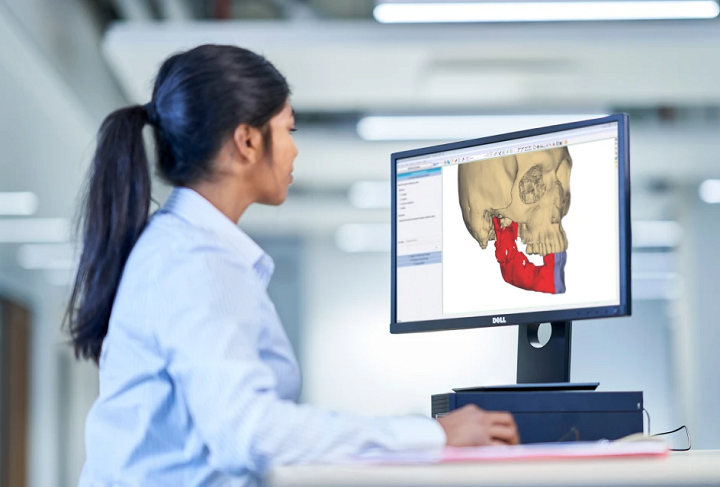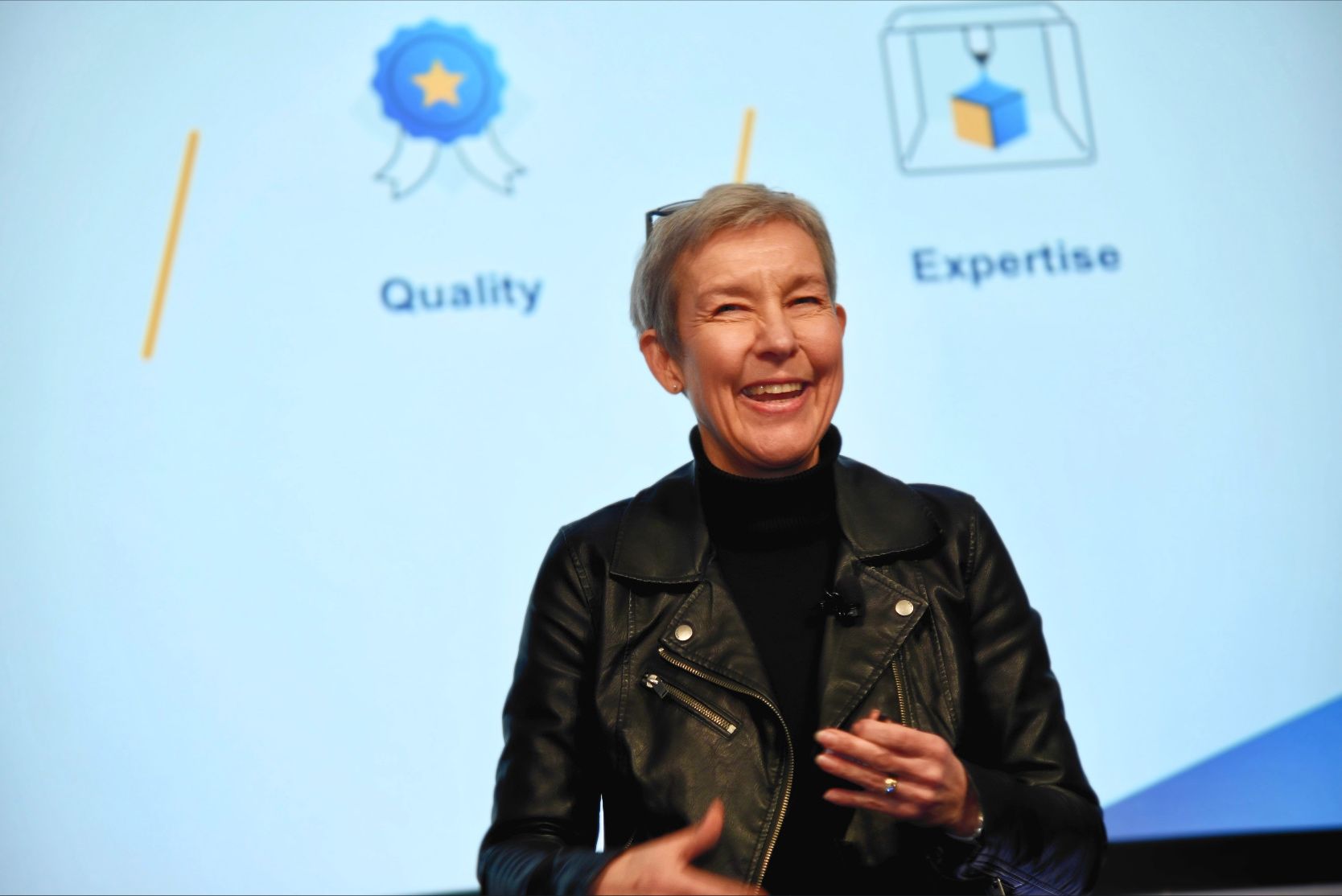3D Printing Financials: Materialise’s Profitability Amid Revenue Dip in Q1 2024
Materialise (Nasdaq: MTLS) has released its first-quarter earnings for 2024, highlighting a challenging quarter with some key advances despite a dip in revenue. While navigating a mixed performance across its three core segments, the company remained profitable—a challenging feat in an industry where many competitors struggle to break even. The brand’s medical segment was the only area to show growth. To build on this momentum, Materialise is pushing forward with several initiatives, such as expanding into new medical markets and developing software solutions like Mimics Flow, all designed to support long-term growth.
Revenue for Materialise dipped slightly by 3.4% to €63.6 million ($68 million) from €65.9 million ($70.6 million) in the first quarter of 2023, primarily due to weaker performance in the manufacturing and software segments. Breaking it down, medical accounted for 41%, software accounted for 16%, and manufacturing was 43% of Materialise’s total revenue for the first quarter.
The software segment faced an 8% revenue decline, while manufacturing experienced a downturn of 10.6%, heavily impacted by low prototyping demand. However, the company managed to offset some revenue declines with a higher gross profit margin, which increased slightly from 55.9% to 56.5%, and an uptick in the medical sector, which grew by 7.7%, driven by more offerings and new market entries, particularly in the U.S. and Europe. This expansion included entering the Trauma segment with the first cases delivered from its U.S. manufacturing plant; enhancing software solutions such as Mimics Flow, which allows hospitals to track 3D printing and planning workflows, and securing regulatory approvals to increase its market reach in respiratory and cardiovascular lines.
Additionally, Materialise is shifting its software segment from one-time sales to a subscription-based model. This transition is designed to generate more predictable, long-term revenue streams but has initially reduced profitability due to higher upfront costs and recording revenue gradually as subscriptions are paid over time. Materialise says these strategic moves are intended to improve the company’s scalability and adaptability in the market, setting the stage for future growth.
Net profit remained stable at €3.6 million ($3.9 million), or €0.06 per share, reflecting the company’s effective management in a challenging market environment. Last year’s Q1 net profit was slightly higher at €3.7 million ($3.9 million). The net cash position improved significantly due to decreased gross debt from loan and lease being repaid and slightly increased cash reserves, resulting in €69.2 million ($74 million), an improvement of €6 million ($6.4 million) compared to the position at the beginning of this year.
Adjusted EBIT (earnings before interest and taxes) fell to €2.7 million ($3 million), and adjusted EBITDA (earnings before interest, taxes, depreciation and amortization) decreased to €8.1 million ($8.7 million), reflecting ongoing investments in business growth, including extensive R&D efforts. These financial results are a direct consequence of the company’s heightened expenditure.
In an earnings call with investors, CEO Brigitte de Vet highlighted the company’s focus on strategic priorities and critical milestones, “including the introduction of new technologies and the expansion into new markets and segments, to capture the growth opportunities in the market for mass personalization and in the market for end-use parts and to ensure sustainable healthy growth in the near, mid and long term.”
Additionally, CFO Koen Berges provided insights into the company’s operational adjustments and financial strategy: “We fully executed our planned R&D investments despite being confronted with less favorable market conditions.”
The company remains confident about its growth potential for 2024 across all segments and reiterated its revenue guidance for 2024 in the range of €265 million ($284 million) to €275 million ($295 million), with adjusted EBIT guidance between €11 million ($11.8 million) and €14 million ($15 million).
Subscribe to Our Email Newsletter
Stay up-to-date on all the latest news from the 3D printing industry and receive information and offers from third party vendors.
Print Services
You May Also Like
3D Printing Grows to $15.9B in 2024 Amid Shifting Industry Dynamics
The global additive manufacturing (AM) market reached $15.9 billion in calendar year 2024, according to “Q4 2024 3DP/AM Market Data and Forecast” from Additive Manufacturing Research (AM Research). Despite a...
3DPOD 247: LJ Holmes, Executive Director for the Center of Advanced Manufacturing and Materials at Harrisburg University
Executive Director for the Center of Advanced Manufacturing and Materials at Harrisburg University, Larry “LJ” Holmes is a pioneer in applying additive manufacturing to defense and other critical sectors. Part...
Thai Startup OsseoLabs to Cut Surgery Time with 3D Printed Magnesium Implants
A patient undergoing mandibular reconstructive surgery typically faces two separate operations: one to place a custom-fit titanium plate and another month later to remove it. But what if that second...
Japanese Advanced Manufacturing Capabilities Grow in Europe with Sodick’s Purchase of Prima Additive
The global economy is currently undergoing a reshuffling in terms of what gets manufactured where. In large part, this trend is being driven by new geopolitical alliances and the need...



























